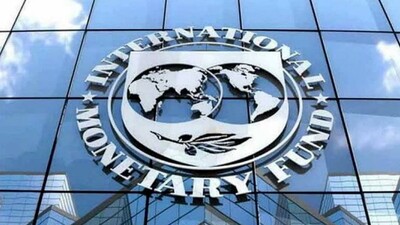Recommended Stories
Bhubaneswar: It's a big development. The strange paradox bugging State's much touted e-procurement system is while the procured paddy/rice quantum had shown a spike over the years, the number of farmers benefitted had shown a significant deceleration.
Consider this. In Odisha, the number of farmers benefitted from the Minimum Support Price (MSP) announced by Centre in 2016-17 was 11.01 lakh. The number was down to 7.99lakh in 2017-18, and it slid further to 7.89 lakh in 2018-19.
Now, sample the contrast. The procurement in 2016-17 was 36 Lakh metric tonnes (LMT). In 2017-18, total procured quantum was 33 LMT and the quantum touched a high of 41.6 LMT in 2018-19.
It was observed that the fall in procurement quantum in 2017-18 was due to drought in many parts of the State. But despite procuring 15 per cent more paddy in 2018-19 than 2016-17, the number of beneficiary farmers in Odisha dropped by a whopping 28 per cent.
Such glaring inconsistencies gripping the State's procurement system came to fore when an analysis of data supplied by Odisha government to Commission for Agricultural Cost and Prices (CACP) was done.
Moreover, it was observed that Odisha could procure mere 49.6 per cent of its rice production in the Triennium Ending (TE) 2017-18. In contrast, the home of Green Revolution states like Punjab and Haryana procure a whopping 88 per cent and 79 per cent of the production during the TE 2017-18.
Even, neighbouring Chhattisgarh and Andhra Pradesh had procured 58 per cent and 53 per cent of the production, respectively.
The import of the analysis here is a big chunk of farmers in the State fail to avail the MSP which is a price guarantee mechanism from the market risks. Reports from State's mandis in southern and western Odisha have revealed that the market price of paddy was lower by around 5 per cent than MSP.
In the given context, what intrigues is the State Agriculture Department didn't provide the CACP about the break-up of farmers availing MSP in 2017-19.
Significantly, the 2016-17 data, when over 11 lakh farmers had availed the MSP in the State, tells a candid tale.
Take a close look at the giant divide. State’s small and marginal farmers have nearly 73 per cent landholdings but could contribute a mere 18 per cent of paddy procurement.
Farmers with around 9 per cent landholdings contribute a whopping around 65 per cent of paddy procured. And these 9 per cent farmers are large & middle landholding farmers, revealed the data.
The break-up data further shows marginal farmers (who have below 1 hectare land) own State’s over 42 per cent of operational landholdings, but could contribute a mere 5 per cent of paddy procurement in 2016-17.
Similarly, small farmers (owning 1-2 hectare land) hold around 31 per cent landholdings but contribution to procurement was only 12.9 per cent.
In contrast, large farmers own a mere 1.4 per cent landholdings but grabbed a whopping over 36 per cent of paddy procurement pie.
Analysis of the 2016-17 data revealed that farmers having land of more than 2 hectare to over 10 hectare have availed the MSP to the hilt as together they accounted for 72.9 per cent of the paddy procured.
But the main objective of MSP is to ensure a price guarantee mechanism for small and marginal farmers, who are vulnerable to distress sale.
Why so in Odisha? An earlier CACP report blamed the State Government. It said, “Owing to no procurement centres in villages, the lack of market access and high transportation cost thereof, when transported to nearby procurement centres have dissuaded small and marginal farmers from availing the MSP in Odisha.”













